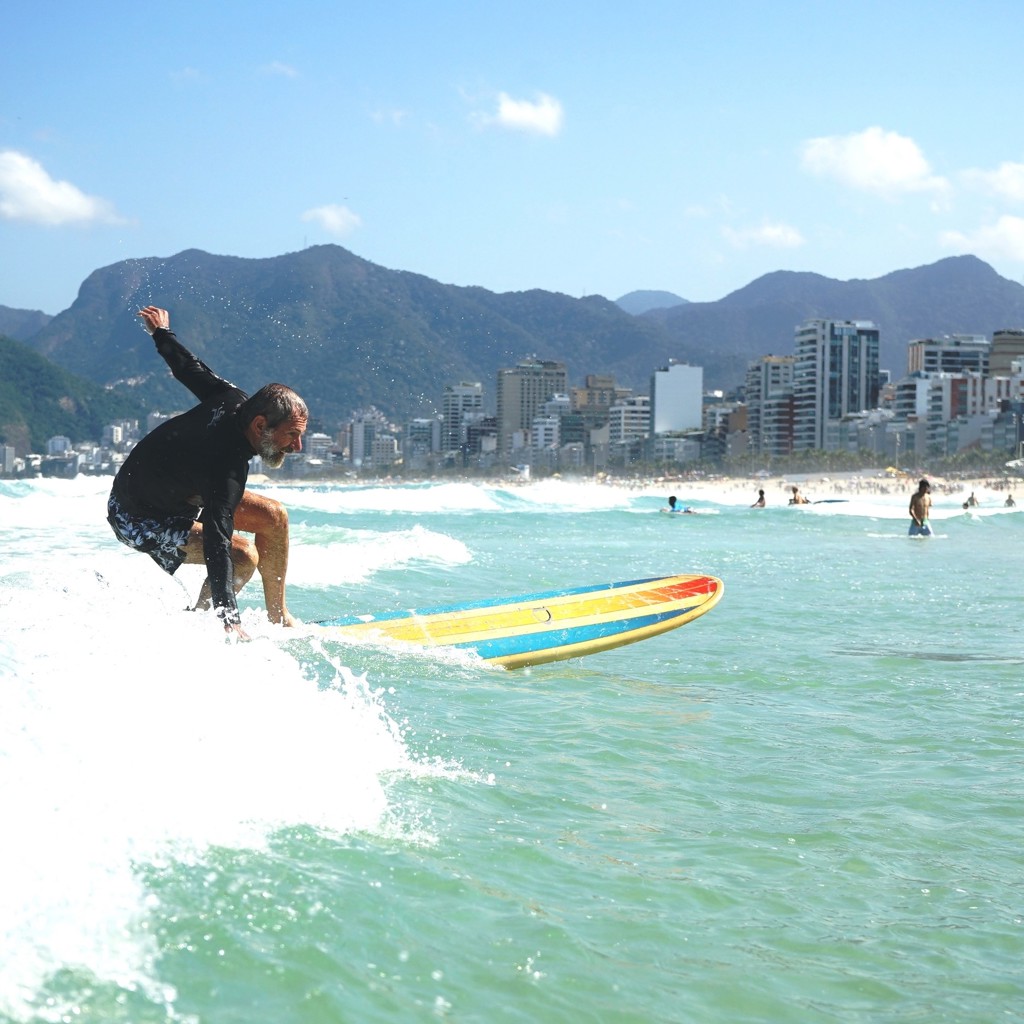Walter Margulis
Rise Acreo AB and KTH Royal Institute of Technology, SwedenFor significant contributions to second-harmonic generation in glass, optical-fiber poling, and fiber devices.

“Physics is a very international career,” says Walter Margulis. “You can talk to people all over the world and everyone is interested. It is a master key that opens a lot of doors. The journals published are the same across international borders and serve as instruments to make the world talk to each other.” Walter is a living example of the global nature of the field. Born and raised in Brazil, he knew from a very young age that he was interested in science. Growing up, he liked geology, archaeology, physics, electronics, and chemistry. Eventually, geology, archaeology and chemistry dropped off, but physics, electronics, and chemistry are still central to his life today.
By the age of 12, he had a subscription to Popular Electronics and a workshop in the family home where he learned how to build and fix radios and TVs. He jokes that he basically destroyed everything in his parents’ home in his attempt to discover how things worked. In the end, there was always a screw missing or an extra part that he did not know what to do with.
When he decided to obtain a Master’s degree in physics, his father warned that career prospects were dim as physics was not a popular field in Brazil at the time. Walther compromised and went into electrical engineering but also managed to complete all of the physics requirements. When it came time to think about a PhD, he applied only to schools in London after visiting once and falling in love with the city. Obtaining PhDs abroad were encouraged by the Brazilian government so it was a simple matter to secure funding. He completed his PhD at Imperial College London in 1981, and now works as a Senior Scientist as Rise Acreo AB and as a guest professor at KTH Royal Institute of Technology, both in Sweden.
During his studies in Brazil, he attended a course taught in English, a rarity in Brazil at the time, on Fourier Optics. He originally thought the topic was very abstract and totally useless, but the professor managed to show him that Fourier Optics was crucial to the way lenses worked and that mathematics was the “reason for being.” It was this interest in Fourier Optics that led him to choose Imperial College, however he was accepted into Professor Dan Bradley’s research group, which was not studying Fourier Optics. Walter asked for a transfer into the other group, but Professor Bradley convinced him to give it a month before deciding. Today, he is still working in laser physics and optoelectronics - the same research area of Professor Bradley’s group.
The focus of Walter’s research is optical fibers made of silica. Silica, as a material, is very passive which makes it useful in communications due to its durability. Walter is interested in making silica more alive and responsive to electrical fields. This is a huge challenge given the passive nature of the material. His favorite part of research is trying to understand something that is “not quite right” and having a new idea or insight from this. His most exciting research explores the use of optical fibers in the life sciences to help diagnose diseases. In fact, he just had a PhD student defend a thesis on this topic.
Walter says that discoveries can be extremely rare and that he has only made one in his career. In 1985, while working at KTH Royal Institute of Technology he and his lab partner observed a green light coming out of a fiber exposed to infrared light and the green light growing in time. He claims that it was “just luck” that it happened to them and that they had the right equipment in the lab.
When it comes to making discoveries, Walter’s advice is to “be awake” and “open your eyes” to new possibilities. He says that many researchers miss big things simply because they are not looking and notes that this even happened to him when he was given a piece of treated glass. He did not think about the consequences of the treatment and missed a discovery that was eventually published by someone else a few years later. He also advises people not to try to force what they are seeing to match what’s currently known. “Be curious to the extreme” and to have the patience and inclination to understand what lies behind the work.
Profile written by Jeanette Gass
